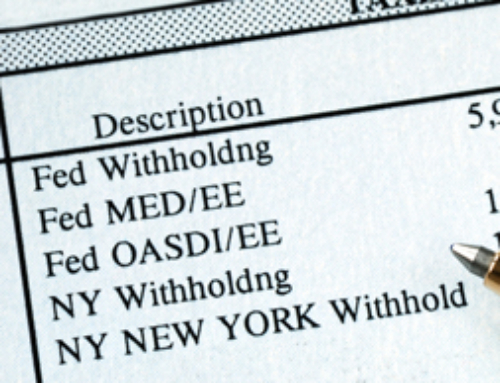 Student Loans: Repayment vs. Deferral
Student Loans: Repayment vs. Deferral
Eva Rosenberg, EA
College is much more expensive today than it was in my university days. I attended UCLA for $608 per year and a California State University for $450 per year, including campus fees. My BA in accounting and MBA in international business were funded without a dime in student loans.
Today, those same colleges cost a fortune. For California residents, UCLA costs nearly $12,000 per academic year (not including summer school), and a California State University costs about $5,000 per year—plus books and supplies and other mandatory fees. Private colleges average nearly $28,000 a year, and often cost $50,000 or more per year, plus room and board.
If you’ve attended college in recent years, there you sit, with $100,000 or more of college debt pressing down on you. Sooner or later, you will need to pay that off. What are your options? What are the tax ramifications?
Option 1: Make student loan payments now. Look at your various categories of debt—student loans, mortgage, credit cards, vehicle loan, etc. The main factors to consider when you pay down debt are:
- Your minimum monthly payment amounts
- Your after-tax interest rate on those loans. Only home mortgage interest and student loan interest are tax-deductible, with limitations.
- Prepayment penalties associated with the debt
- Interest rate fluctuations due to market conditions (variable rate) or your creditworthiness (credit cards)
- The rate of return your money is earning. This is often overlooked. It’s rather rare these days, but is the money you’ll use to pay off the debt earning a higher rate of return than your debt?
If you have the money to pay down debt, you may be better off paying down credit cards and other nondeductible loans than your student loans.
Option 2: Request deferrals. Sallie Mae’s variable rates range from 2.75 to 10.75 percent. If you’re facing a higher interest rate, you’re better off paying that loan down quickly. High interest rates increase the total balance due more rapidly than you may realize. Deferring for five years can turn a $50,000 loan with 8 percent interest into nearly $75,000. The IRS limits deductions for student loan interest to $2,500 per year.
Option 3: Refinance the loans. If your student loan rates are high, perhaps it’s time to look for better rates. Interest rates are at their lowest levels in nearly a century. It’s worth trying to get better rates on all your debt right now.
If you consolidate your student loans into a mortgage or personal loan, you will lose the tax deduction for the student loan interest. However, that lost tax attribute will be more than offset by these advantages:
- You’ll have a lower interest rate.
- When consolidating your loans using a mortgage, you may deduct the interest on up to $100,000 worth of debt as mortgage interest—which may actually increase your tax deduction.
- Should your debts become so overwhelming that you must file bankruptcy, you will be able to discharge all your debts. Student loans cannot be discharged in bankruptcy. If you wait a couple of years after refinancing, you can make all of your debt go away. It’s not the most honorable option. But it is a legal option.
Or, Get Your Student Loans Forgiven—Tax-Free!
Explore the opportunities in the student loan repayment assistance program. Perhaps you can get the loans reduced or forgiven by working in areas of the country where your skills are urgently needed. Not only will you pay off your loans, but you’ll also have a memorable adventure.
Skip the Allowance and Hire Your Child
Celebrity Tax Scandals
Temporary Work for Fun, Profit, and Retirement






